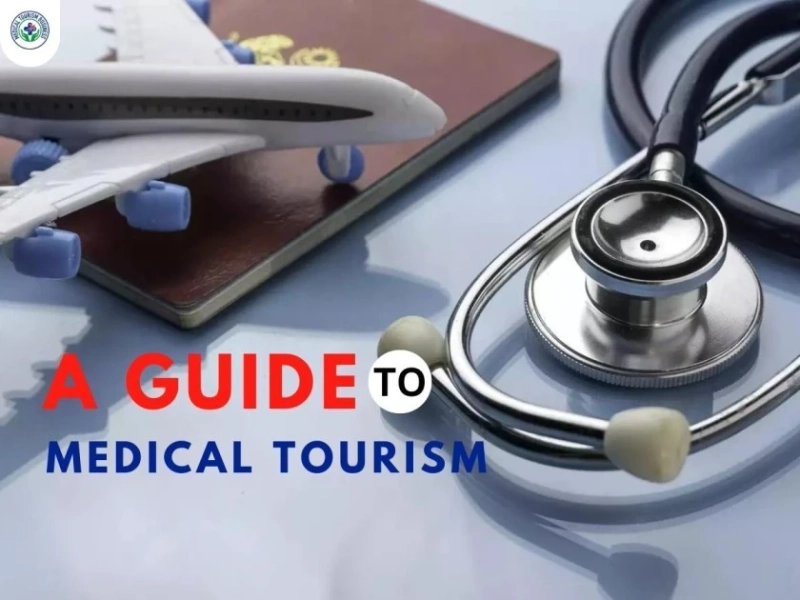This guide to medical tourism provides a comprehensive overview of a rapidly evolving sector within the global healthcare industry. Medical tourism refers to the practice of individuals traveling across international borders to seek medical treatments and procedures. This trend has been gaining considerable traction due to various factors such as cost-effectiveness, access to specialized treatments not available domestically, shorter waiting times, and the opportunity to recuperate in a vacation-like setting.
Medical tourism, while not a new concept, has seen a significant surge in recent years, thanks to globalization and the internet. These factors have made it easier for patients to research healthcare services in different countries, directly communicate with medical professionals worldwide, and conveniently book medical procedures and travel arrangements online. This increased accessibility and availability of information have given patients greater autonomy and choice in their healthcare decisions.
One of the primary drivers of medical tourism is the cost of healthcare. Often, patients can save a substantial amount of money by opting for procedures in countries where medical costs are lower. For instance, a heart bypass surgery that might cost over $100,000 in the United States could be performed for less than $20,000 in a country like India, including travel expenses.
However, cost isn't the only consideration. The quality of care is equally, if not more, important. Many medical tourists are drawn to countries that offer advanced medical facilities and highly skilled healthcare professionals. Countries such as Thailand, Colombia, and Turkey have become popular destinations due to their high standards of care and state-of-the-art healthcare systems.
Despite its many advantages, medical tourism also presents certain challenges. These include potential language barriers, cultural differences, and the logistical complexities of receiving medical care abroad. It's important for medical tourists to thoroughly research their chosen destination and healthcare provider, and to have a clear understanding of the potential risks and complications.
Furthermore, the legal and ethical implications of medical tourism should not be overlooked. Issues such as patient rights, malpractice laws, and the impact of medical tourism on the healthcare systems of both the home and destination countries are all important considerations.
In conclusion, this guide to medical tourism sheds light on a complex and multifaceted phenomenon. As this sector continues to grow, it is crucial for healthcare providers, policymakers, and patients to understand the benefits, risks, and implications of medical tourism. This understanding will enable them to make informed decisions and ensure that medical tourism contributes positively to global healthcare.
Follow me for more info:https://www.facebook.com/MedicalTourismBusinesshttps://twitter.com/medtourbizhttps://www.youtube.com/@medicaltourismbusinesshttps://www.linkedin.com/in/medicaltourismbusinesshttps://www.instagram.com/gilliamelliottjr/

